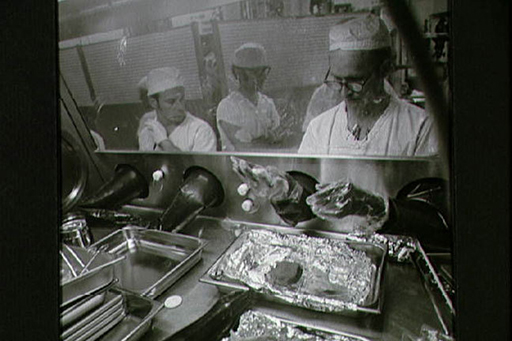3.6 Storage on Earth
Another reason behind the careful return and handling of the lunar samples was the fear that the Moon rocks might be carrying potentially harmful contaminants back to Earth and so the Lunar Receiving Laboratory was both a sample handling and a quarantine facility. Apollo 11, 12 and 14 astronauts were also quarantined for several weeks after their return to Earth, although this rule was later dropped when it became apparent that there was no threat of back-contamination of the Earth from any lunar microbes.
Today, most lunar samples (apart from those given out as goodwill samples, those on display around the world and those currently being used for research) are stored, prepared and curated in the purpose-built Lunar Sample Laboratory Facility at the Johnson Space Center in Houston.
Although these samples have been extensively studied in the decades since they were brought back to Earth, scientists return their allocated Moon material to this facility, ensuring that precious material is not lost over the years. In addition, several containers have never been opened and they remain in their original pristine lunar condition for use in the distant future.

